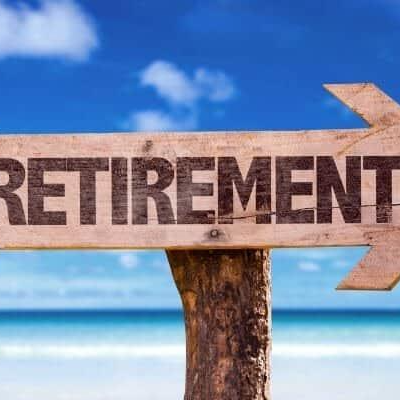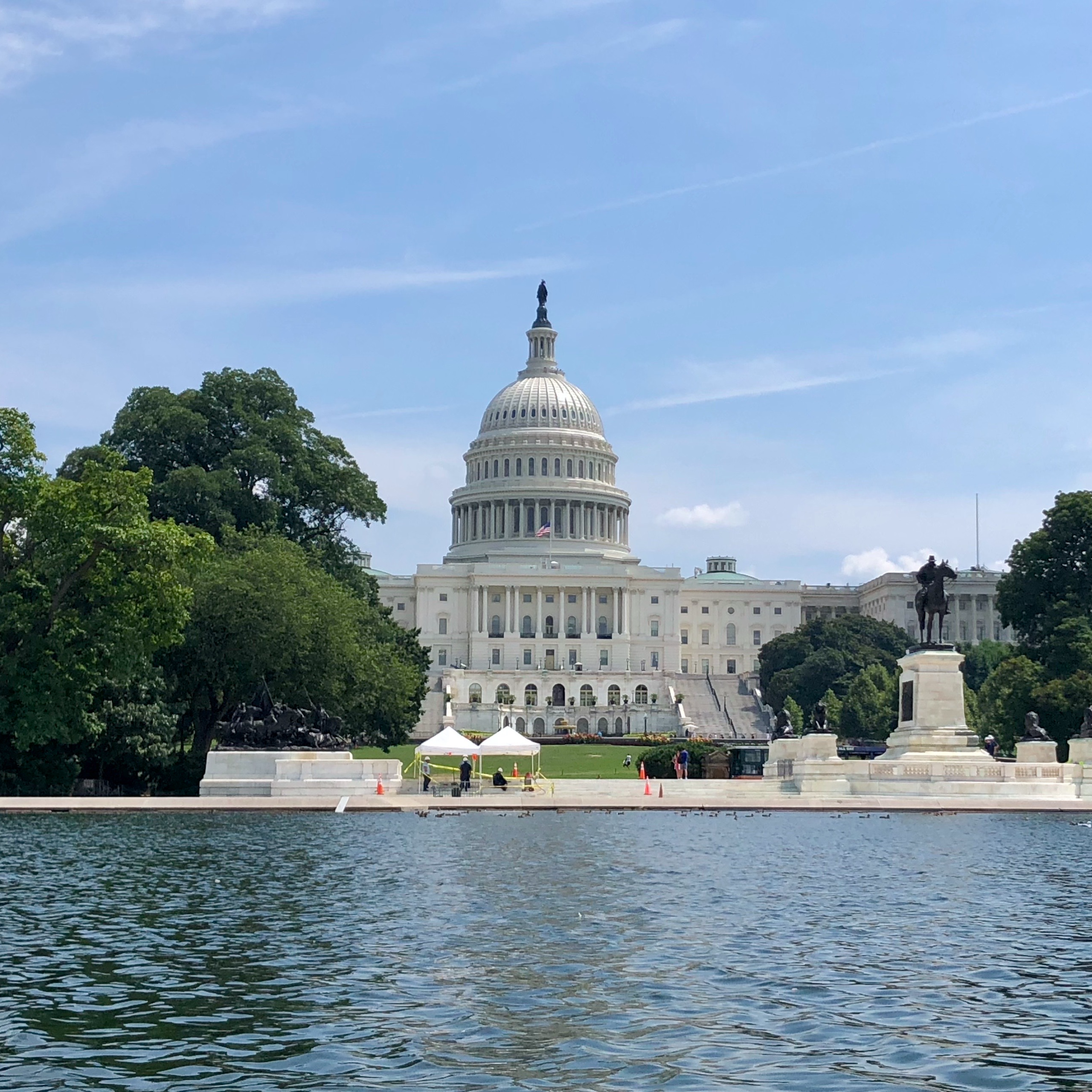The Civil Service Retirement System (CSRS) and the Federal Employees Retirement System (FERS) are vastly different. So it’s worthwhile to look into such differences and discover why they exist.
A congressional statute established the CSRS in 1920, a defined benefit plan to which workers and the government contributed. It featured a formula that determined an employee’s retirement payout based on their base salary and years of service. CSRS, funded by employee and government payments, was a forward-thinking approach to employee welfare when practically all other employees who retired received only a goodbye wave and a gold pocket watch if they were high enough in the company. Social Security
- Also Read: Federal Retirement Advice You Didn’t Know You Needed—Until Now
- Also Read: The Latest Federal Employee News You Need to Know to Protect Your Retirement
- Also Read: Ready for Retirement? Here’s How Law Enforcement Officers Can Leave the Job with Benefits Intact
FERS commenced operations in 1987 due to Social Security amendments implemented in 1983, intended to increase the number of people contributing to the system. It was created on Capitol Hill with little input from the executive branch. It wanted to mirror what had become standard practice in most of the private sector at the time-a retirement system built on three pillars: a small defined benefit plan, Social Security, and a tax-advantaged personal retirement savings account (the Thrift Savings Plan for federal employees). They were all reliant on contributions from employees and the government. CSRS workers were also allowed to participate in the TSP without a government match.
In contrast to CSRS, where retiree cost-of-living adjustments (COLAs) are made annually regardless of age, FERS retirees often don’t receive a COLA on their annuities until they reach 62 and become eligible for a regular Social Security pension. Special category personnel, such as law enforcement officers and firefighters, are exempt since their careers are brief and they must retire.
When the FERS legislation was enacted, it was assumed that FERS retirees would get approximately the same retirement income amount based on their years of service as CSRS retirees if FERS employees put 5% of their pay in the TSP (with government matching contributions). Even if the government matches just a portion of it, contributing the yearly dollar maximum may put FERS employees ahead of their CSRS colleagues.
So, how did things turn out?
Not surprisingly, CSRS employees, whose annuities can be computed to the penny, come out ahead in most cases, especially if they contributed to the TSP. FERS employees, on the other hand, only know for certain the amount of their annuity and special retirement supplement (SRS). The SRS is the amount of Social Security income someone would be eligible to receive at 62.
However, as previously stated, they don’t get COLAs on that benefit until 62, when their earned Social Security payments begin. Furthermore, whatever income they could generate from their TSP account would be contingent on how much they had invested over the years and how those assets had performed.
FERS employees who can invest at the required amount and manage their investments properly can demonstrate that the FERS designers were essentially correct in assuming they could come even with CSRS employees. On the other hand, those FERS employees who cannot afford to invest at the required level and/or don’t manage their investments well will curse the day that the oh-so-dependable defined benefit plan enjoyed by CSRS employees was replaced by one that requires them to contribute more of their own money to their retirement and hope that those investments perform well.
Contact Information:
Email: [email protected]
Phone: 7705402211
Bio:
Mack Hales has spent the past 4 decades helping clients prepare for retirement and manage their finances successfully. He also works with strategies that help clients put away much more money for their retirement than they could in an IRA or even a 401k. We involve the client’s CPA and/or their tax attorney to be sure the programs meet the proper tax codes.
Mack works with Federal Employees to help them establish the right path before and after retirement. The goal is to help the client retire worry-free with as much tax-free income as possible and no worries about money at risk of market loss during retirement.
Mack has resided in Gainesville, GA since 1983, so this is considered home. Mack is married to his wife of 51 years, has two boys and five grandchildren.
Disclosure:
Investment advisory services are offered through BWM Advisory, LLC (BWM). BWM is registered as an Investment Advisor located in Scottsdale, Arizona, and only conducts business in states where it is properly licensed, notice has been filed, or is excluded from notice filing requirements. This information is not a complete analysis of the topic(s) discussed, is general in nature, and is not personalized investment advice. Nothing in this article is intended to be investment advice. There are risks involved with investing which may include (but are not limited to) market fluctuations and possible loss of principal value. Carefully consider the risks and possible consequences involved prior to making any investment decision. You should consult a professional tax or investment advisor regarding tax and investment implications before taking any investment actions or implementing any investment strategies.













